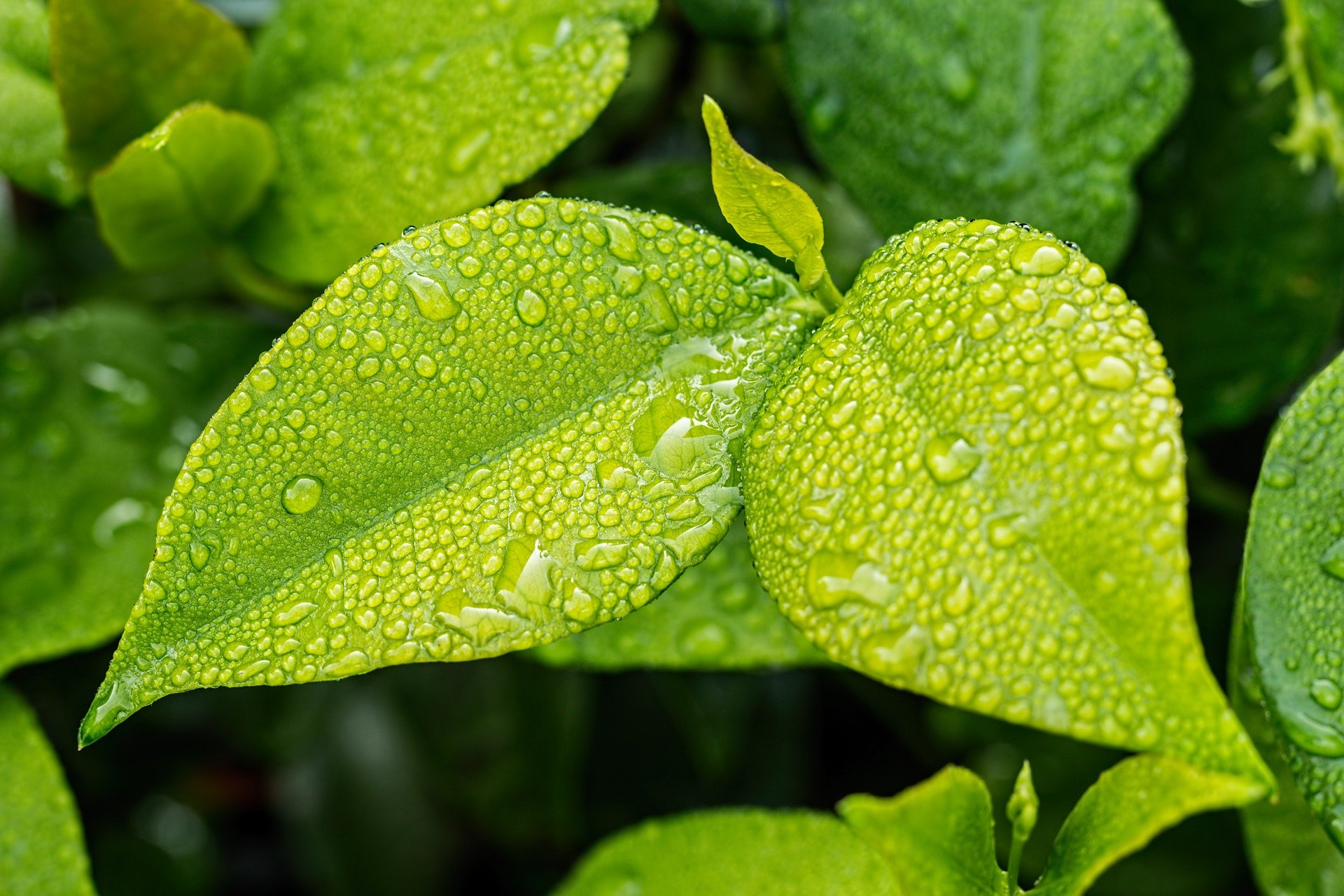Plants have a natural line of defense against infectious diseases caused by rain, according to a recent study published in Nature Communications.
A research team led by Professor Yasuomi Tada and Assistant Professor Mika Nomoto of Nagoya University worked to discover how plants protect themselves from negative effects of rain.
Rain is a double-edged sword for plants. While plants rely on rain for survival, it also introduces them to harmful pathogens including bacteria, filamentous fungi and viruses.
Citrus canker is a prime example of a dangerous bacteria for plants. The citrus disease enters leaves through wounds and oozes bacteria cells. These cells are then dispersed by wind and rain, shared APHIS.
Plant’s immune systems naturally work to protect from pathogens through expressing immune-related genes. Therefore, researchers hypothesized that plants recognize rain as potentially dangerous and can protect themselves to a certain extent.
To test their theory, the team used Arabidopsis thaliana seedlings.
Researchers started by conducting RNA sequencing analyses to determine which genes are expelled by the leaves when introduced to rain. Results showed that various immune-related genes are expressed and controlled by immunosuppressive genes called CAMTAs (calmodulin-binding transcription activators), according to the study.
The team found that when plants are exposed to rain, trichomes, hair-like cells, put into motion a “phenomenon called ‘calcium wave’ in which an increase in Ca2 + concentration propagates in a wavy manner to the tissues around the trichomes. It was clarified that it induces, activates the immune system against trichome disease bacteria, etc., and controls the infection,” research stated.
“In plants, pattern-recognition receptors (PRRs), such as leucine-rich repeat receptor-like kinases (LRR-RLKs) and LRR receptor proteins (LRR-RPs), specifically recognize microbe-associated molecular patterns (MAMPs) as non-self molecules, leading to the activation of pattern-triggered immunity (PTI) to limit pathogen proliferation,” explained the study.
To confirm their theory, the team then conducted experiments in the same fashion, but this time, used mutants of Arabidopsis that lacked trichomes. Researchers found that the spreading of calcium waves was damaged in the mutants.
“From these results, we confirmed that trichomes play a role in sensing rain as a risk factor and activating immune responses,” said Professor Tada. “Our findings suggest that we may be able to artificially improve plants’ defensive capabilities against diseases at any time and for any length of time. Using this technology, we could make it possible to activate crops’ immune responses when environmental conditions are harsh enough to possibly cause disease in plants, which could result in stable crop yields.”
Plants have a natural line of defense against infectious diseases caused by rain, according to a recent study published in Nature Communications.
A research team led by Professor Yasuomi Tada and Assistant Professor Mika Nomoto of Nagoya University worked to discover how plants protect themselves from negative effects of rain.
Rain is a double-edged sword for plants. While plants rely on rain for survival, it also introduces them to harmful pathogens including bacteria, filamentous fungi and viruses.
Citrus canker is a prime example of a dangerous bacteria for plants. The citrus disease enters leaves through wounds and oozes bacteria cells. These cells are then dispersed by wind and rain, shared APHIS.
Plant’s immune systems naturally work to protect from pathogens through expressing immune-related genes. Therefore, researchers hypothesized that plants recognize rain as potentially dangerous and can protect themselves to a certain extent.
To test their theory, the team used Arabidopsis thaliana seedlings.
Researchers started by conducting RNA sequencing analyses to determine which genes are expelled by the leaves when introduced to rain. Results showed that various immune-related genes are expressed and controlled by immunosuppressive genes called CAMTAs (calmodulin-binding transcription activators), according to the study.
The team found that when plants are exposed to rain, trichomes, hair-like cells, put into motion a “phenomenon called ‘calcium wave’ in which an increase in Ca2 + concentration propagates in a wavy manner to the tissues around the trichomes. It was clarified that it induces, activates the immune system against trichome disease bacteria, etc., and controls the infection,” research stated.
“In plants, pattern-recognition receptors (PRRs), such as leucine-rich repeat receptor-like kinases (LRR-RLKs) and LRR receptor proteins (LRR-RPs), specifically recognize microbe-associated molecular patterns (MAMPs) as non-self molecules, leading to the activation of pattern-triggered immunity (PTI) to limit pathogen proliferation,” explained the study.
To confirm their theory, the team then conducted experiments in the same fashion, but this time, used mutants of Arabidopsis that lacked trichomes. Researchers found that the spreading of calcium waves was damaged in the mutants.
“From these results, we confirmed that trichomes play a role in sensing rain as a risk factor and activating immune responses,” said Professor Tada. “Our findings suggest that we may be able to artificially improve plants’ defensive capabilities against diseases at any time and for any length of time. Using this technology, we could make it possible to activate crops’ immune responses when environmental conditions are harsh enough to possibly cause disease in plants, which could result in stable crop yields.”
Want to read more? Check out:
New Gene Cracks the Code for Self-Pollination in Plants
Study Highlights Role of Duplicated Genes in Breeding
Prospective Plantings Report Shows Soybean, Not Corn, New King Crop
Researchers in Japan Reveal Tools to Enhance Rice Production













